I see plenty of gear lists for people hiking the Tour de Mont Blanc, but what about Mont Blanc Summit Gear lists?
I know I can’t be the only one looking to climb, not hike!
Mont Blanc gear lists proved to be frustratingly scarce, so I thought I would share with you my choice of gear, along with the extra love in the form of an explanation as to why I chose each particular item.
Table of Contents
CLIMBING EQUIPMENT
HYBRID ICE AXE

Petzl – Summit, Classic Mountaineering Ice Axe Starting off, you’ll need a hybrid mountaineering ice axe with an adze. I’ve seen lists where guides say no straight-shafted non-hybrid axes are allowed, but probably 50% of the axes I saw were straight.
The standard recommendation is in the 50-59 cm range, but the one I used was the Petzel Summit 66cm. It goes by your height…
The whole push nowadays is shorter ice axes mean less weight, but you’re already not carrying much weight at all while summiting Mont Blanc.
Aside from it being shorter, I want it to serve a little more use than only self-arrest. I personally like the slight cane option for when I’m starting to tire. I’m 6’0″, so a 66 cm axe isn’t going to touch the ground while on flat ground.
Where it does reach, is while working your way up steep switchbacks, a time when a little extra stability is fine by me. Another time it reached? While we were crouched low on the final two ridgelines.
The reason we crouched low was due to the wind being so strong that it threatened to blow us off. A third point of contact was very much welcome.
I should also note that while 11 cm longer, this axe still weighed an ounce less than the very popular 55 cm Black Diamond Raven Pro which I used on Baker.
While descending the Roman Wall on Mount Baker, I at one point said that I wished my axe was a few inches longer for the above-noted reasons. Of course, my guide Ryan immediately hit me with a “that’s what she said,” beating me at my own game. Damn.
CRAMPONS
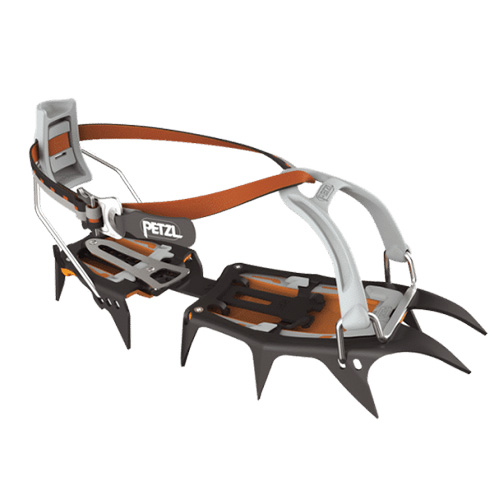
Petzl Vasak Semi-rigid, 12-point, steel, general mountaineering crampons with anti-balling plates.
You’re on loose rock quite a bit so don’t bring 10-point, aluminum, or single-piece rigid crampons.
Anti-balling plates now come standard. These plates (the orange section in the center) keep the snow from accumulating beneath your boot to the point where it negates the crampon’s effectiveness.
I went with Petzel Vasaks because they’re on the lighter end and any weight that is carried on your feet feels amplified when compared to carrying it on your back.
The very popular Grivel G12 are considered by many to be king, but they’re considerably heavier. The Vasks weigh 842 g while the G12s weigh 1012 g. That may not sound like a lot, but holding them each in my hands, felt like a lot more than it sounds. (My climbing partner had the G12s)
The G12s are definitely more beefy, so theoretically they’ll last longer, but when looking at the amount of mileage you can put on either, I’m fine with just buying a new pair when needed.
STANDARD CARABINERS
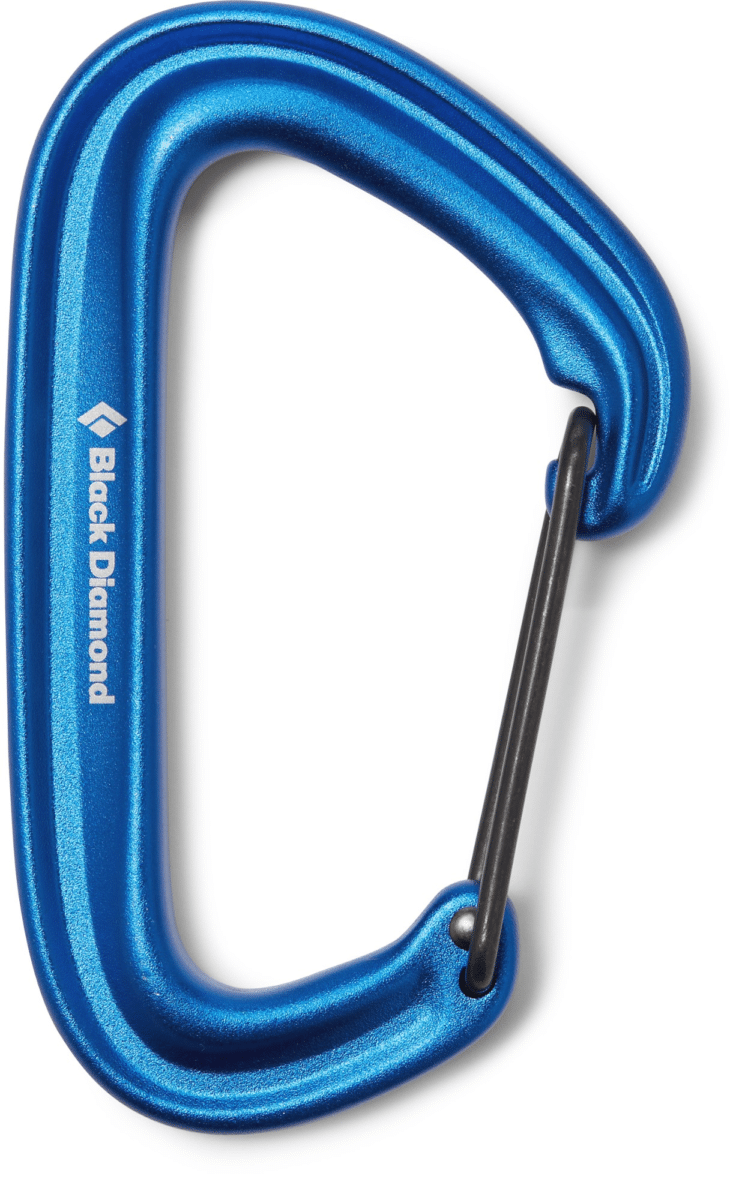
Black Diamond LiteWire Carabiner Two non-locking, lightweight D-shaped wiregate carabiners. Wiregate carabiners are stronger, lighter, and easier to use than standard gate carabiners.
Were these necessary? Not particularly, but I always bring one or two on every type of trip, because you never know when they’ll be needed or come in handy.
The only use I got out of them on this trip was hanging my water flask from my shoulder strap for easy access. My climbing partner, on the other hand, used one of his own to bind the front of his backpack together when his sternum strap broke.
ALPINE CLIMBING HARNESS
Petzl Altitude An alpine climbing harness that is designed to be light and fit over all of your clothing. It’s going to need gear loops with adjustable leg loops and a waist belt. It also must be able to fully separate at the legs. This last part is important because you’ll be putting it on and taking it off over your boots.
One important thing to understand about these harnesses is that they are super minimalistic. They have absolutely no padding and are made of webbing and little else. This is because they are designed to be as lightweight as possible.
Given this, these aren’t harnesses you’d want to use for any type of rock or ice climbing. They are uncomfortable as heck and not designed for prolonged hanging/comfort.
You can wear a heavier, more cushioned harness if you’d like, but I’d save the weight.

LOCKING CARABINERS –
Petzel Attaché Two screw-lock carabiners, ideally with large openings for easy manipulation while wearing gloves. Must be rated for climbing.
You’ll use these for clipping into the rope. I use two, gates opposing, as this is a pretty standard safety practice in the US. My climbing partner, who is European only used one and thought my using two was overkill.
I didn’t argue the point and just went the “you do you” kind of route, but I will say this… I worked in a climbing gym for five years, and I’ve been climbing in general since I was 15 years old. The number of screw gates I’ve seen unlocked over the years is much much higher than it should be.

TREKKING POLES
Black Diamond Alpine Carbon and Cork Trekking Poles Collapsible three-section trekking poles with snow baskets.
In general, trekking poles are more of a personal preference. I love them and use them when I train and climb.
I saw plenty of people with, and plenty without. This is my packing list though, so I’m going to recommend them.
You’ll want three-section poles because they give you far more adjustability than ski or two-section poles offer. The need for three sections comes from the grade of the slope.
If you’re a believer in the pole/axe combo like me, you’ll only be using one pole once you get on the glacier, while your other hand will be holding your ice axe.
You can either strap your second pole to your bag or leave it behind in one of the refuges. Don’t worry, people always leave things in them and then collect their shed weight on the way back down.
It’s safe. The boot rooms are filled with gear waiting to be reclaimed.
Depending on when you climb, you may want snow baskets for the tips. These are wider than the standard trail baskets and are similar to what you see on a ski pole. This keeps them from sinking into any fresh snow, a real possibility early or late in the season.
These poles are on the expensive side, but they’re strong and light. I’ve been using the same pair for about five years now.
FOOTWEAR
GAITERS
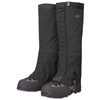
Outdoor Research Rocky Mountain High Gaiters Unless you’re wearing a boot that includes a built-in gaiter, you’ll “need” full-sized, waterproof gaiters that fit snugly over your boots.
I didn’t bring gaiters. I hate them. These are just the ones I brought when I climbed Baker.
In years of hiking and several mountains, I’ve never gotten anything in my boots.
I’ll never bring gaiters again unless they’re mandatory due to deep snow.
I had a guide once say that they help with preventing putting any holes in your pants from crampons, and that is true. I snagged my pants once or twice and did end up with a few little pinholes in them, but that’s not enough to change my mind. If I rip my pants bad enough I’ll just get a new pair.
The only place I could see that being an issue is maybe if you’re wearing expensive GORE-TEX rain pants and accidentally rip those. I’ll take my chances.

HIKING SOCKS
REI Co-op COOLMAX EcoMade Midweight Hiking Crew Socks It’s recommended that you bring two to three pairs of midweight synthetic hiking socks and one pair of heavyweight hiking socks which are for summit day.
I brought two and one, but I wish I had brought an extra pair of socks. I usually pack on the high end where socks are concerned. This time I didn’t, and it bit me in the ass.
At the lower altitudes, my socks got damp, and drying them out was a bit of an issue, causing me to rotate them more often than expected.
This left me wearing a lighter pair on summit day. It worked out in the end, but I was a little concerned as to whether or not the lighter pair would be warm enough.
I may be wrong, but think this was because the summit day cold was due to the wind chill and my boots are windproof. For comparison, even though the wind was the worst/strongest I’ve ever experienced, my water bottles didn’t freeze, while they froze on Kilimanjaro where there was little wind.
I used to use the darn tough wool hiking socks, but I’ve grown to like the synthetic REI sock more.
The DT socks have a tighter fit, but that may be due to shrinking. I tried to avoid putting them in the dryer, but in times like having laundry service in a hotel, it becomes progressively more difficult to stop it from happening.
The heavyweight sock I brought for summiting was the Smartwool Mountaineering Crew Socks.
Some people like to also wear a pair of liner socks on summit night. I didn’t and was fine.

TECHNICAL MOUNTAINEERING BOOTS
Scarpa Mont Blanc Pro GTX You’ll need crampon-compatible, full-shank, insulated leather or synthetic mountaineering boots.
These boots feature a super-tough leather upper with an integrated cuff gaiter that protects and performs over snow, ice, and mixed alpine terrain. They kept my feet toasty (sometimes too toasty, given my damp socks). Not once did I have to do the toe wiggle to warm them up.
I also like them because they are on the wide end of the fit spectrum. I still had to size up a tiny bit, but having wide feet, I found their toebox to be just right.
The super popular La Sportiva Evos on the other hand, while suitable as well, are so narrow on me that it feels like I’m wearing a pair of ballerina slippers that I’m about to spill out of.
These are single boots. I climbed in July so the weather was on the “warmer” side.
TECHNICAL CLOTHING
Underwear

Calvin Klein Boxer Briefs Two to three pairs of underwear are recommended. I brought three in total. I like to stay fresh, but if you’re willing to charge hard enough, like with socks, this could be an area to cut weight.
This is another no-cotton item. Moisture-wicking synthetic or wool fabrics only.
Wool underwear sounds terrible to me.
There are some brands that make lightweight “hiking-specific” underwear. I didn’t bother with that. These are just what I wear in my day-to-day life. You now know what kind of underwear I wear. Don’t blush.
BASE LAYERS
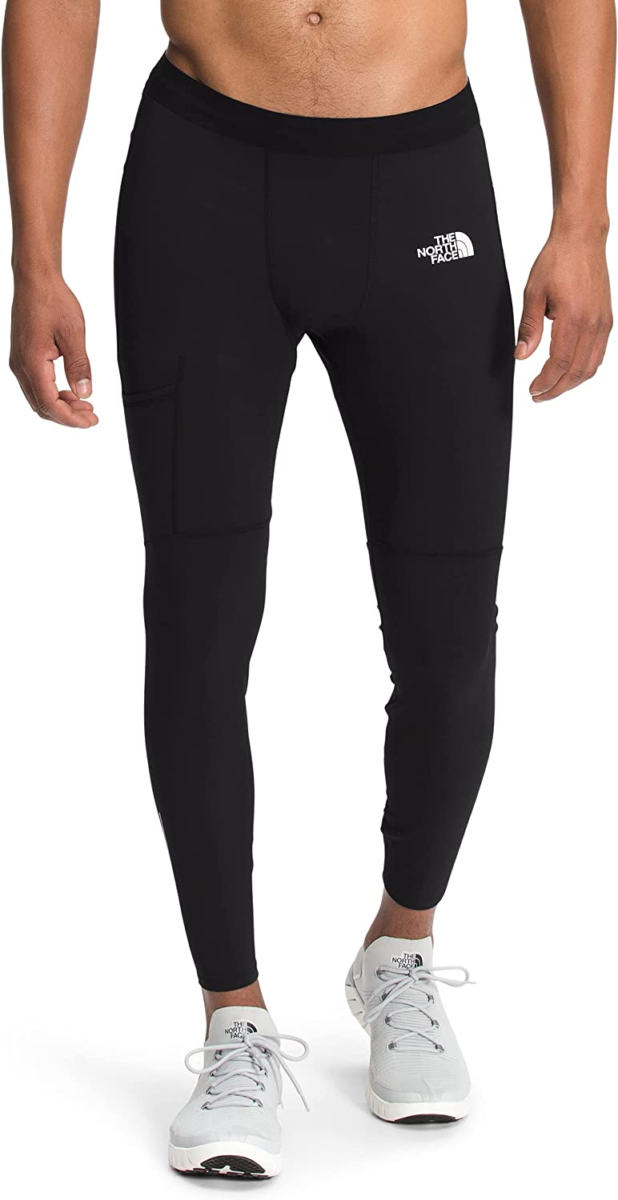
The North Face Cold Gear A warm base layer top and bottom that is made of moisture-wicking material.
I brought one full set, top and bottom of these. At the time, they were the warmest set available by The North Face and I was completely satisfied with them.
These are quite warm, so I’d save these for summit night or you might find yourself sweating. I wore them up on summit night and then the entire two-day descent back to town so by the time I finally took them off in my hotel, they were soaked.
The biggest thing to remember is that you want them to be a moisture-wicking material. Again, no cotton.
I know I said they were soaked, that’s just because I was sweating to death and overpowered their wicking capabilities.
The sizing is a bit difficult to nail down so it might take a try or two. I physically had to go to a North Face store and try them on to figure out what fit.
Unfortunately, it seems like TNF has discontinued the specific pair I use.
LONG SLEEVE SUN SHIRT

Arc’teryx Cormac Hoodie One long-sleeved, base layer top/sun shirt. You’ll want something light and synthetic that provides UPF sun protection.
Helmet-compatible hoods are strongly recommended. You’ll see this type of shirt being worn by almost everyone on the mountain.
With the Cormac, the fit is good, they’re light, comfortable, the hood is cut for going over a helmet, and they provide UPF 50+ protection. Plus, they look great, which as we all know, is what’s most important.
SOFTSHELL PANTS

REI Co-op Activator V2 Soft-Shell Pants Stretchy, comfortable, non-insulated soft-shell pants that can fit comfortably with or without your baselayer bottoms. Sometimes referred to on these lists as mountaineering pants, softshell pants are the gold standard when it comes to breathability, stretch, and comfort.
These aren’t to be confused with light-weight hiking or travel pants such as the Columbia Silver Ridge Pants which I frequently wear while traveling. These are heavier hiking pants that will give you a little extra warmth and the durability you’re going to need.
HARDSHELL PANTS
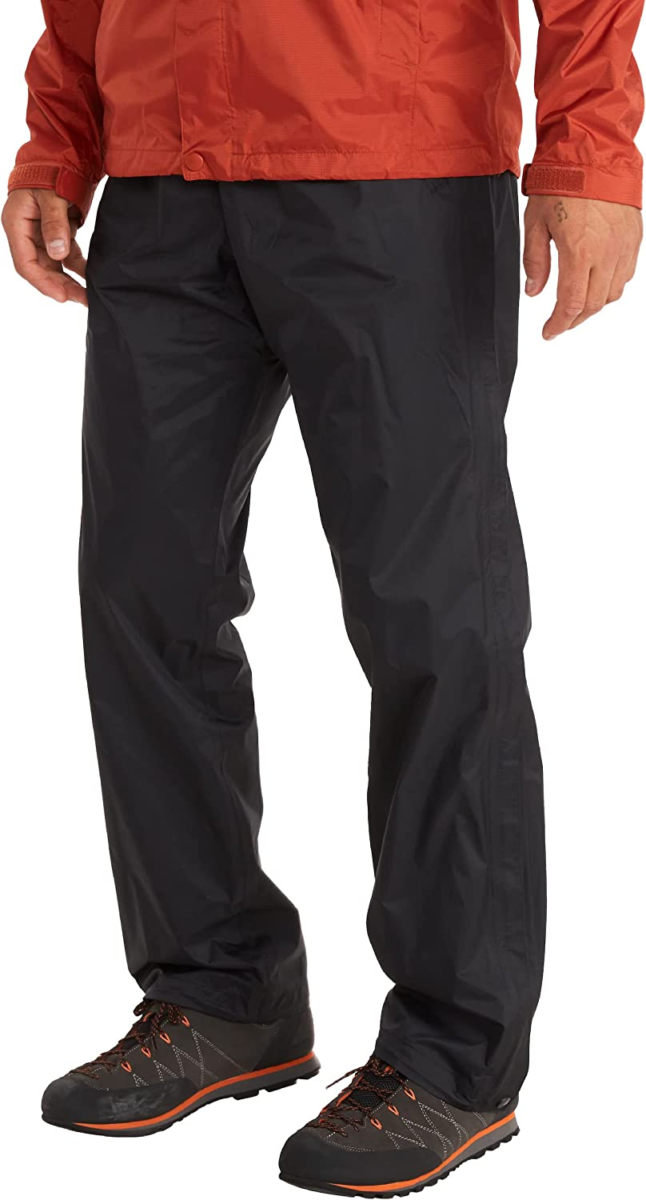
MARMOT PreCip Eco Full Zip Pant A non-insulated, fully waterproof shell pant that fits comfortably over both your base-layer bottoms and softshell pants, with full-length zippers.
Full-length side zippers are important. Have you ever tried to pull a pair of pants on while wearing boots? It’s not happening. So now picture if you may, an unexpected downpour in near-freezing temperatures. Do you want to take your boots off in that? Hip height zips can theoretically work, but they’re not recommended for use with crampons.
These pants aren’t Gore-Tex, and that would have been my choice of materials, but everything, save the $400 pairs were sold out in my size.
I brought these up Mt Baker as well, but on both mountains, I never needed to wear them.
These definitely would have been helpful on Day 1 when it was pouring rain for three hours straight, but I was already hot enough with having to wear a rain jacket at such a low altitude.
While I haven’t needed to wear them yet, these are the pair that was recommended by my guide company on Mt Baker. They know their stuff, so there must be something to that.
I have since worn them in Iceland and was satisfied.
SOFTSHELL JACKET

Rab Men’s Borealis Softshell Jacket for Hiking and Climbing A breathable, but wind and weather-resistant softshell jacket is considered to be a key part of a mountaineering layering system. It needs to fit well over your mid-layer top and base-layer top without being restrictive.
The Borealis Jacket is RAB’s lightest softshell, combining wind resistance and high breathability in a small pack size.
I wore this from day two until we finished.
While I’m still not sold on softshells, I liked this one far more than the Black Diamond Alpine Start which I wore up Baker.
In the future, I’m still going to further explore bringing a softshell with a little more substance to it, especially since my next two planned climbs are both going to be in colder conditions.
MID LAYER TOP

Black Diamond Men’s Coefficient Hoody Designed to go over your base layers, mid-layers are a form-fitting, lightweight fleece. Gridded/waffle interior patterns tend to offer increased wicking performance and added breathability while also providing the best warmth-to-weight ratio. Hoods aren’t necessary for these, but they’re recommended.
I like this fleece a lot. It’s warm and fits perfectly. The hood is cut to fit under your helmet, but I didn’t zip it all the way so instead, I wore it over the top of my helmet with no issues.
I just wish I had it in a different color. Unfortunately, when I bought it at the Black Diamond store in Burlington, Vermont this was the only color they had.
I know I could have just ordered a different color, but the amount of customer service they gave me was over the top so I felt bad about not buying anything. LOL
Two more things to note… While these are quite expensive at $180, especially when compared to a $30 run-of-the-mill fleece jacket, there is a marked difference. I’ve used both and this is the better choice in terms of warmth, functionality, and comfort.
Black Diamond also offers 15% off for new customers.
In my opinion, Black Diamond has a problem with sizing. It’s not only with these, but in this case alone, my Alpine Start large softshell was bigger than this extra large fleece. It feels like they must have multiple mannequins and scales they use when deciding on what size to call something.
“Hey, Mike! Get out the extra tall mannequin this time! That will throw them for a loop!”
HARDSHELL JACKET
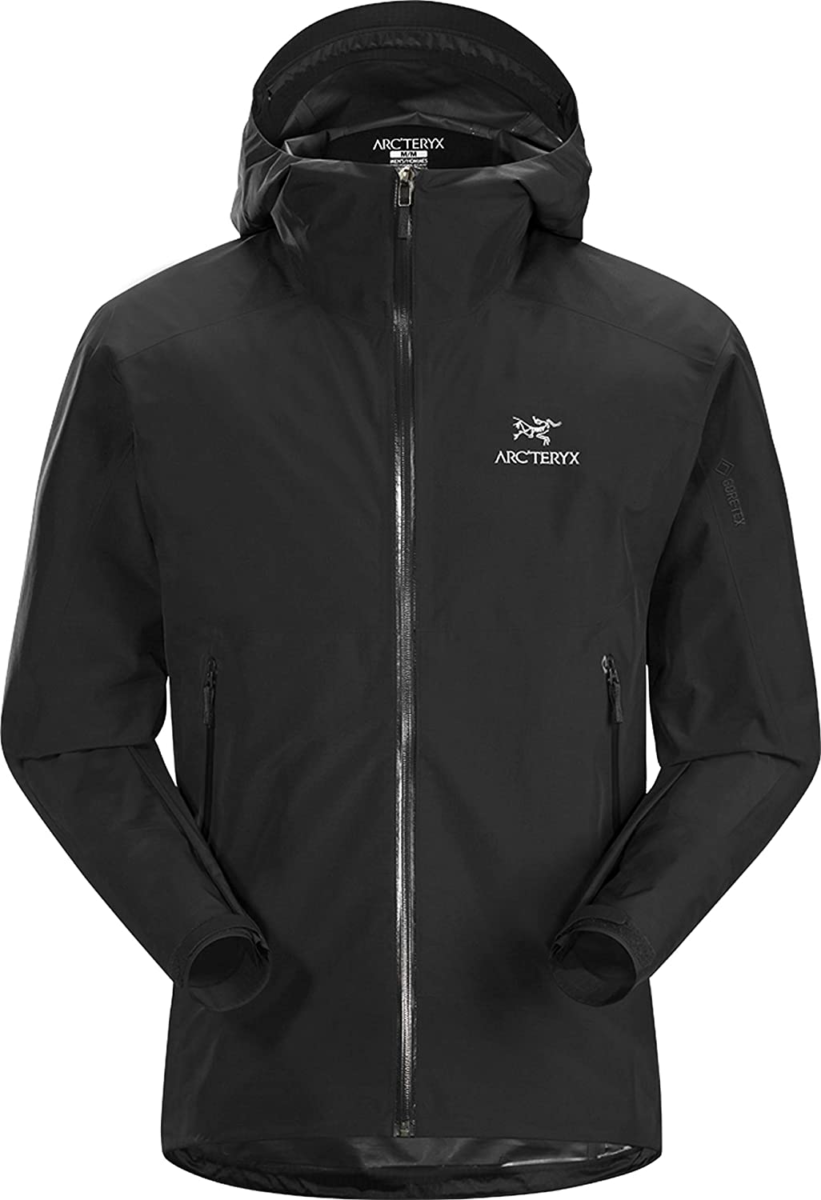
Arc’teryx Zeta SL Jacket A non-insulated, fully waterproof shell jacket with a hood is mandatory. This needs to fit comfortably over your base layer, mid layer, softshell, and possibly your puffy. Helmet-compatible hoods are also required. Protect ya neck!
This coat is waterproof, windproof, bombproof, and breathable. This Super Light (SL) Gore-Tex jacket is amazing for keeping you dry. I did a ton of research on waterproof hard shells and the Zeta SL won the prize.
It rained a lot on Day One while we were climbing, and this kept me dry. I kept thinking that It wetted through, but when I finally took it off, it turned out to just be sweat which evaporated easily. My shirt was perfectly dry.
The wind was so relentless towards the summit that the stormhood really saved me from a ton of unnecessary misery.
The only change I could possibly make to this would be the addition of pit-zips for rapid heat dumping, which I apparently needed.
It makes zero sense, but this model has been retired by Arc’Teryx, so if you’re able to find it, you’ll be able to score quite a deal. Outdoor Gear Lab rates this jacket as more water resistant than others with more layers.
INSULATED DOWN OR SYNTHETIC PUFFY JACKET

Arc’teryx Cerium SV Jacket A warm, insulated puffy jacket with a hood to provide added warmth. I went with down fill, but there is a strong case to be made for synthetic in the event that you have to deal with any wet weather.
When I climbed Mt Baker, I took the lighter Cerium LT and only wore it when we stopped for breaks, and during the descent.
On Mont Blanc, I wore the Cerium SV from the Gouter Hut on up.
I have a long love for this jacket. It is very warm for its weight and can be worn as an outer layer in light to moderate precipitation.
It’s much warmer than the LT and SL versions, (SV SeVere weather, LT LighT weight, SL Super Light – get it?) but there are still warmer options out there.
Don’t confuse it. It’s not a parka. While you can wear this on its own, and look great while doing it, these jackets work best in conjunction with the hard-shell over top.
Weather can be a weird thing. I wore a Cerium LT/Zeta combo on Kilimanjaro where it was much colder and was perfectly fine, even when my water bottle froze solid.
Then, on Mont Blanc, the wind was so intense that it felt much colder, even though my water bottle didn’t freeze.
Just know that these Arc’teryx jackets will cost you a lot more than some comparable alternatives.
It seems like Arc’Teryx may have retired the three versions of the Cerium to now only offer one that’s more akin to the LT.
While you can no longer find the SV on their jacket listings, there are still a few for sale in the Arc’Teryx Regear section.
HANDWEAR
LIGHTWEIGHT LINER GLOVES

The North Face Gore CloseFit Tricot A lighter soft-shell glove mostly designed as a wind blocker, these gloves should be close-fitting to allow for good hand articulation. It’s a plus if you can wear them inside your heavyweight, insulated gloves.
It should be noted that the tricot’s material isn’t ideal for wearing beneath other gloves, in my opinion, at least, but if you need to, it’s managable.
Don’t expect them to be warm on their own because they’re not. It says right on the packaging that they aren’t rated for deep cold, but for some reason, people still complain about them not being warm in reviews. That makes sense, right?
I also own the Outdoor Research Men’s Vigor Lightweight Sensor Glove, but I didn’t like those very much the last time I used them. The Tricot glove, however, I’ve been using for years.
INSULATED GLOVES
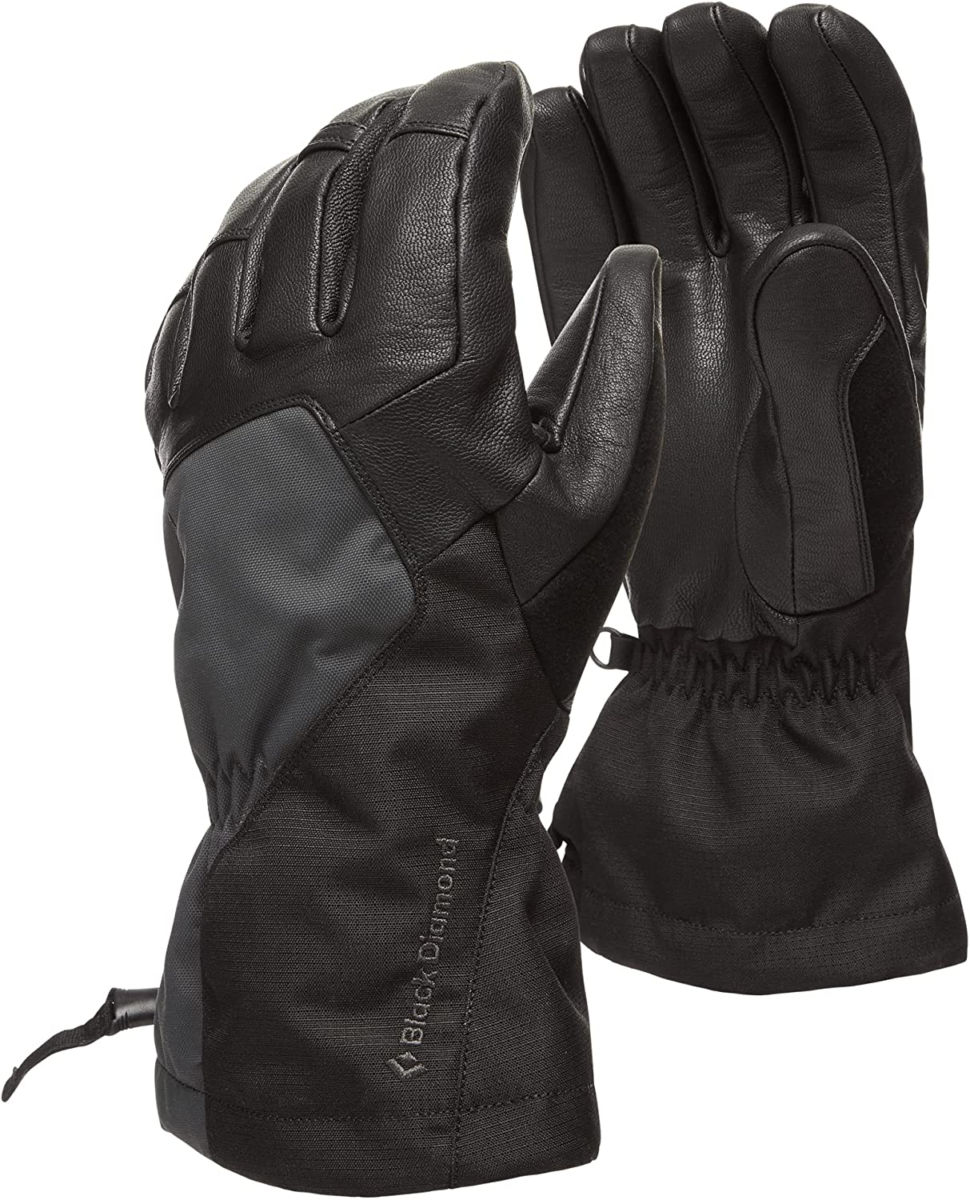
Black Diamond Renegade Pro Glove Warm, waterproof gloves or mittens with good insulation are required. You won’t need them until you get pretty high up, but once you do, you’ll know it. You’ll want to try them out to see if you can fit a liner glove inside of them in case it’s REALLY cold.
I’m more of a mitten guy, especially while doing things like snowboarding, but these gloves were nice. They kept my hands warm and were articulate enough that I was able to do anything I needed (other than unlock my phone for pictures) without taking them off.
If it were any colder, I probably would have brought mittens. When I was on Kilimanjaro I wore the Black Diamond Mercury Mitts which were perfect for the colder conditions.
At the lower altitudes, I was sort of in an awkward spot glove-wise. I didn’t bring a midweight softshell glove so I started using these earlier than I normally would have. As a result, my hands began to sweat and the insides got damp, which is never a good thing.
I managed to work it out, but if you can spare the weight, you might benefit from something like the Black Diamond Midweight Softshell Gloves
These are good midweight, lightly insulated gloves for use when heavily insulated gloves are too warm and liner gloves are not warm enough. I left mine in the hotel to cut weight and wished I had them at one point.
My climbing partner also had one of his warm gloves blow away, so I would have been able to give him these to use instead of his light glove.
HEADWEAR
CLIMBING HELMET
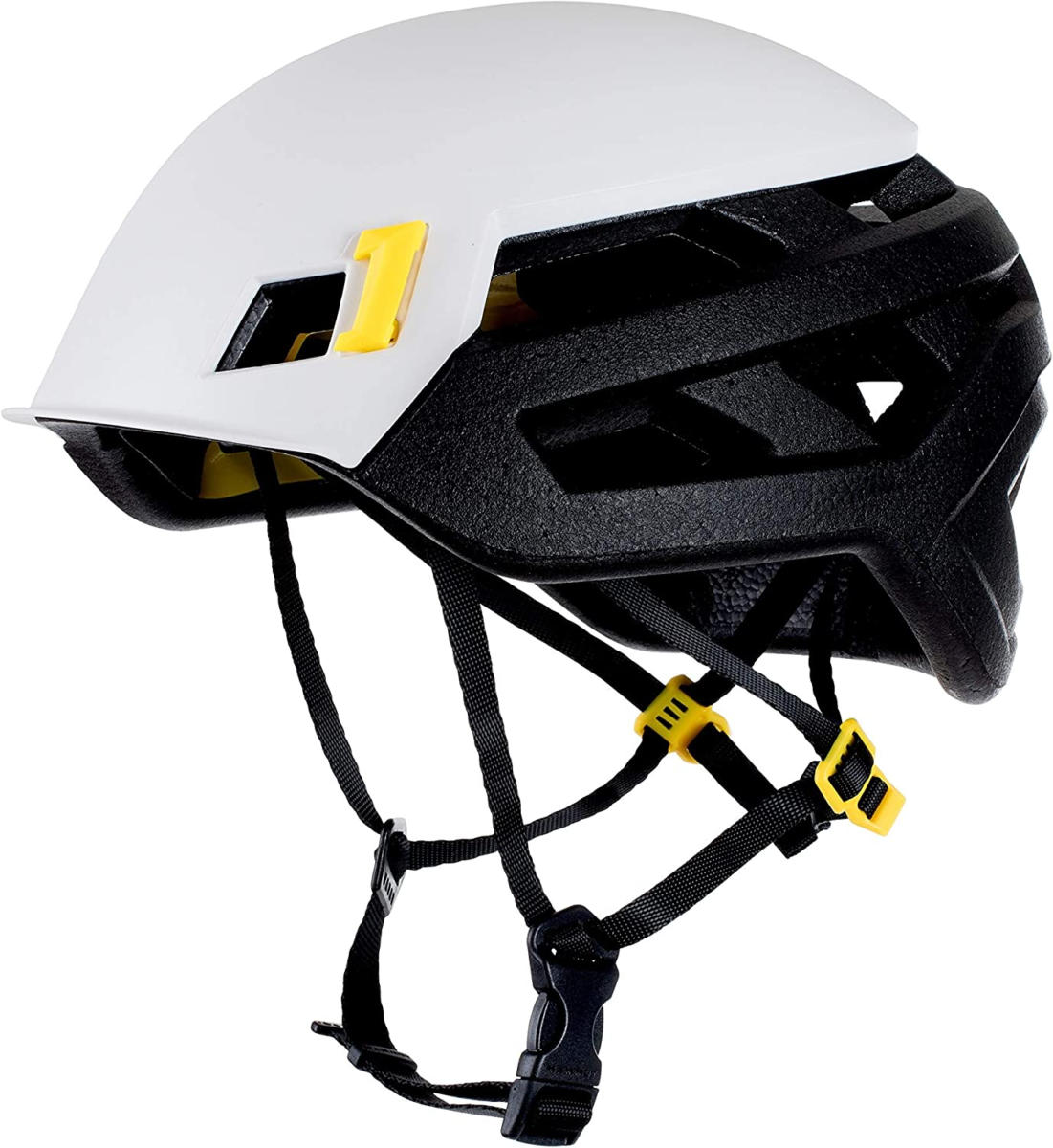
Mammut – Wall Rider MIPS Lightweight Climbing Helmet All climbers need a lightweight climbing-specific helmet. Your helmet needs to fit comfortably over your bare head, hat, and/or balaclava, or hood. It also needs to have headlamp attachments, but that’s pretty standard for all climbing helmets.
I was satisfied with this helmet. It is a bit higher profile than I’d like, but that’s at least partially due to the MIPS system. If you don’t want MIPS, they do make a cheaper version without it. The difference in cost between the two models is $60.
I think that MIPS is pretty worth the investment for this climb as there’s a long and steep scramble above the Grand Couloir that doesn’t end until you reach the Goûter Hut.
While we couldn’t see it in the dark, we heard distant rockfall on multiple occasions. Wear your helmet
If you have no idea what I’m talking about and would like to know more about MIPS, here is the FAQ on their official website. At the bottom, the first featured helmet they list is the Wall Rider. But long story short, MIPS is a system within the helmet that allows it to rotate under impact to better absorb blunt force trauma.
BUFF
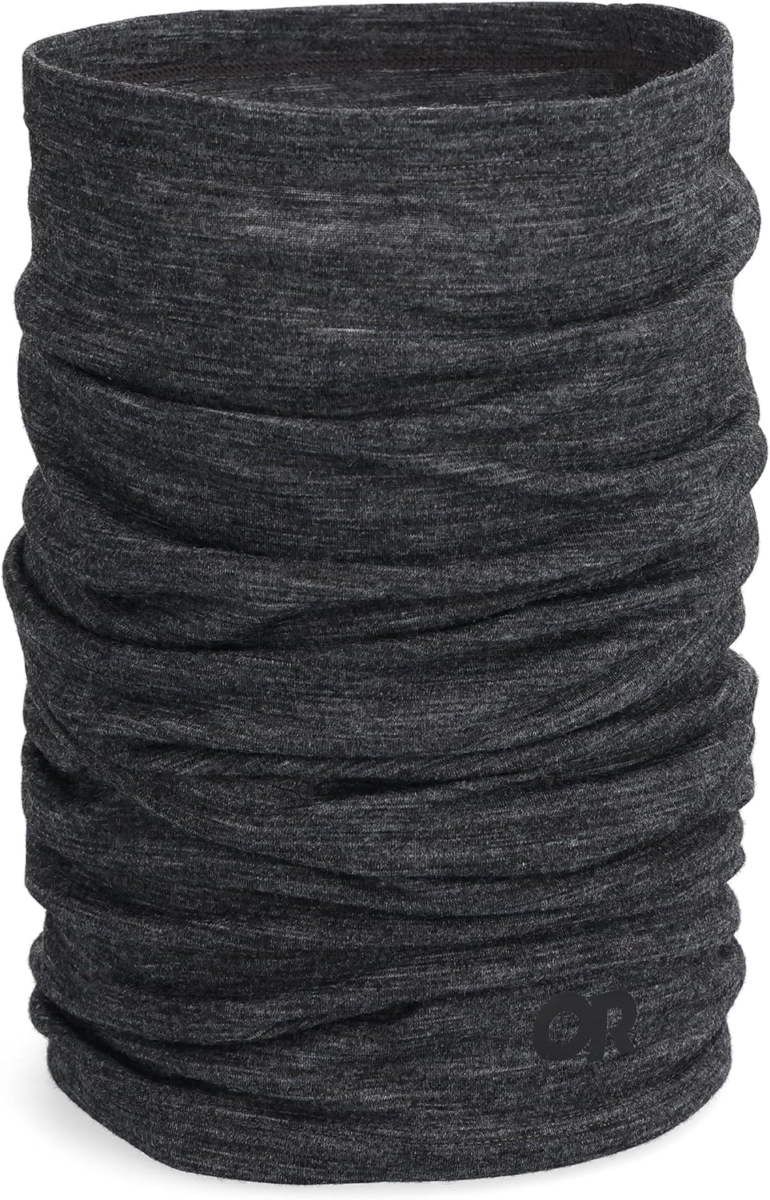
Outdoor Research Alpine Onset Merino Ubertube A neck gaiter/buff is a versatile tool that you don’t want to be without. They protect your neck from the sun, help keep you warm, double as a bandana to cover your head, and can block out the light while you’re trying to sleep.
I also have the Echo Ubertube which I’ve used several times, but for summiting Mont Blanc I wanted something a touch warmer. Now don’t misunderstand me, neither of these buffs are particularly warm. They’re just a small piece of a larger system.
BALACLAVA

Tundra Aerogel GORE-TEX® INFINIUM™ Balaclava A warm balaclava for when a buff or neck gaiter isn’t enough. Unlike a buff which wraps loosely around your neck while not pulled up, you’ll want this to be snug-fitting.
Now this is toasty. I swapped out my buff for this while we were about a third of the way through our summit push.
It helped keep me warm when I was really in need due to the cutting wind.
My only issue with balaclavas is that I hate the sensation where the material gets wet due to your breath. It’s unavoidable if you’re going to have anything over your mouth, but the pinhole vents do a bit to alleviate this.
Bonus style points: You’ll look like a ninja while wearing it.
BASEBALL CAP

Arc’teryx Small Bird Cap Any style of lightweight hat for shading the head will work well. Baseball caps work well, but if it has a button on top, be sure to check if it can be worn beneath your helmet. The super low-profile helmets can push down on the button and make it uncomfortable.
I wore one of my standard Arc’teryx bird caps that you usually see me in. Another good option is the Arc’teryx Calvus Cap which doesn’t have a button on top and is more helmet-friendly.
The link is to a slightly redesigned version of the cap, but it’s more or less the same, other than the color of the logo.
WOOL/SYNTHETIC HAT
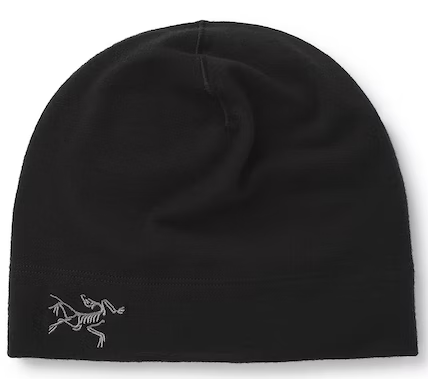
Arc’teryx Rho LTW Beanie As it’s going to be cold, you’ll need a non-cotton wool or synthetic hat that will cover your head and ears comfortably. You’d also be best off if it could fit under your helmet.
I brought this beanie, and I wear it often, even in my day-to-day.
It was cold and windy, so I wore this under my helmet for the majority of the climb until I switched to the balaclava for our Mont Blanc summit push.
This is a relatively light hat, but I wear most of my hoods while climbing. If you’re not a fan of that layering method, you might want something a bit more substantial.
GLACIER GLASSES

Oakley Clifden Prizm Snow with Black Iridium Lenses High-quality glacier glasses that offer full coverage around both eyes are very important. A category 4 lens is required.
A wrap-around style or side-shields will seal out any outside light and make sure that you’re not getting blasted from the sides.
If you think you’ll be fine without wraps or shields, you’re running a big risk.
Getting your eyes burnt by reflecting sun feels like you’ve gotten sand in them. My brother had that happen while on Mt Hood. Everyone on Hood without shields started using stickers where the shields go to protect their eyes from the side.
I tried on every pair of glacier glasses I could find, including every single style made by Julbo. I’ve got high cheekbones, so getting a good fit that didn’t let in light was difficult.
I tried my hardest to avoid Oakleys as I’ve been wearing the brand forever and wanted something different. Didn’t happen! The Oakley Clifdens fit me perfectly. I also think they looked cooler than what everyone else had. A few people told me they wished they had gone with the round lenses.
If needed, prescription glacier glasses can be ordered, but the general consensus is that disposable contacts with non-prescription glacier glasses and goggles are best.
SKI GOGGLES

Oakley FLIGHT DECK L Snow Goggle High-quality goggles for sun and wind protection at altitude. The lens should offer visible light transmission (VLT) of no more than 30%. Those with light-sensitive eyes (like me) may wish to use a darker lens.
I went earlier in the season so I didn’t bring goggles while summiting Mont Blanc, but I saw lots of people wearing them. If this is something you’re interested in bringing, these are the pair I own.
These goggles come with a wide variety of lenses, so be sure to pick one that’s dark enough. The pair I own have the Prizm Black Iridium Lenses (pictured) which is the darkest lens Oakley makes.
I have really light eyes that are sensitive to bright light so I usually choose the darkest lenses possible. If they’re too dark for you, here’s a link to the Oakley lens guide to help you choose.
Oakley also makes a smaller pair of this frame for those with smaller faces, the FLIGHT DECK M.
HEADLAMP
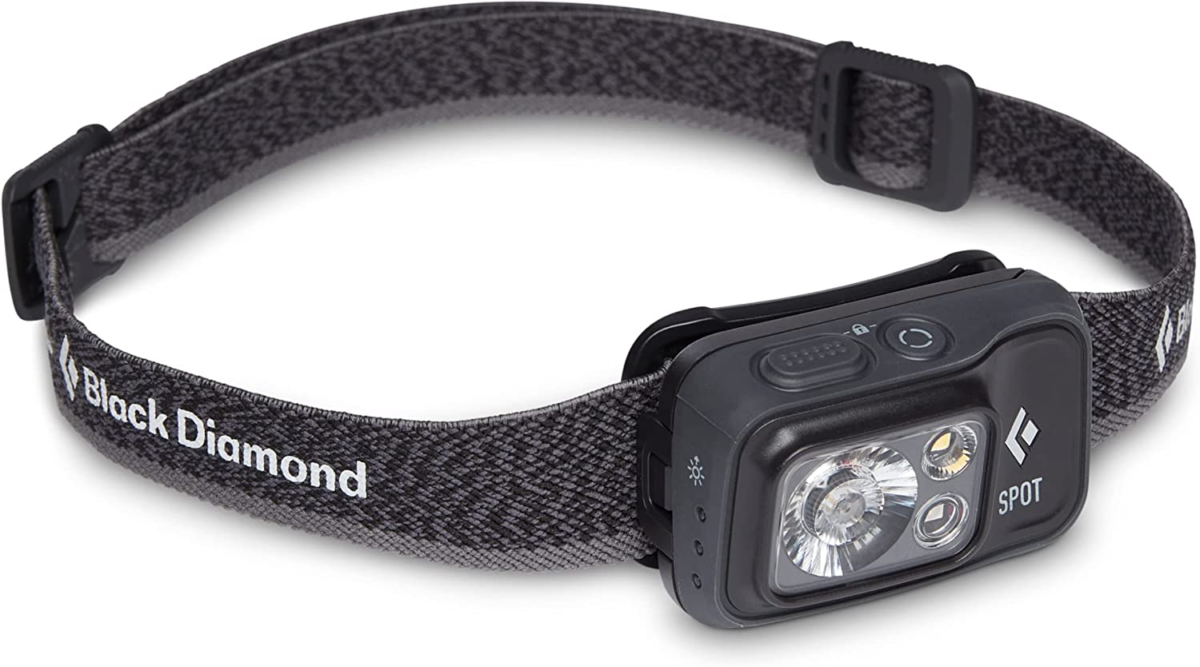
Black Diamond Equipment Spot 400 Headlamp A modern outdoor LED headlamp with 200-300 lumens of output as well as fresh batteries. Weather-resistant models are strongly preferred in the event of inclement weather. You should also bring spare batteries, just in case.
I brought the new version of the Spot 400. I also own the Storm 450, which I used on Kilimanjaro. The Spot is lighter and only needs three batteries rather than four.
While I have compared the Spot and the Storm in the past, I was able to notice more of a difference between the two while climbing up the scramble. The Storm is visibly brighter, but still, the Spot more than sufficed.
PERSONAL EQUIPMENT
SLEEPING BAG LINER
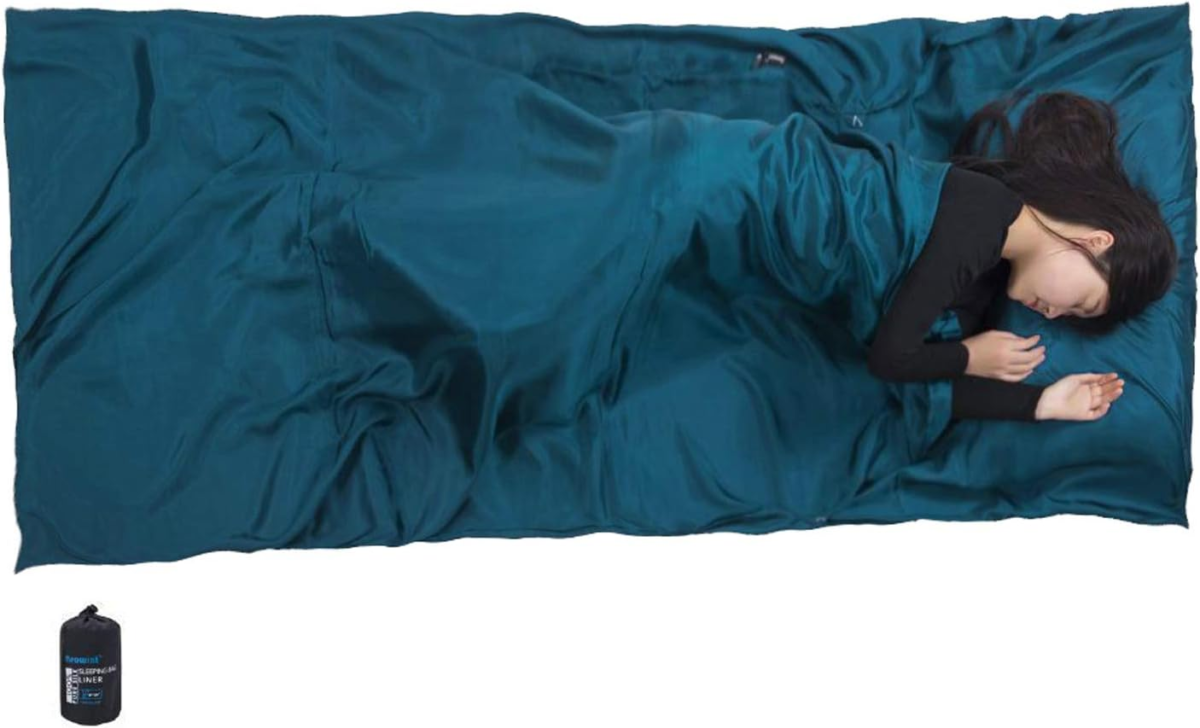
Browint Silk Sleeping Bag Liner These are to be used in conjunction with the blankets you will be issued at the mountain huts. The huts are highly trafficked, so they’re used for hygienic reasons.
These aren’t used for warmth so you’ll want the lightest one you can find. The lightest liners are usually the ones made of silk. The one I brought, was the lightest I could find online at the time.
SMALL CLIMBING PACK
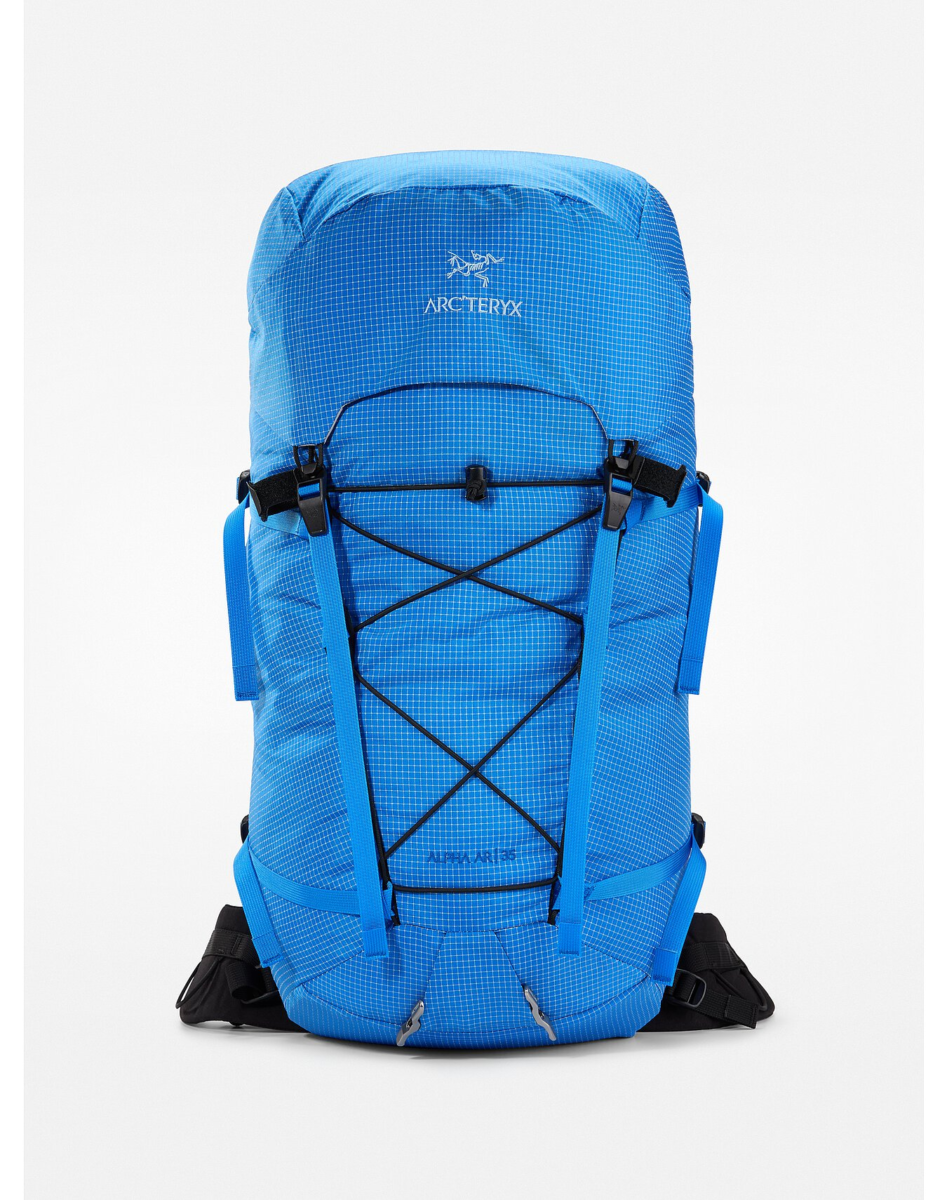
Arc’Teryx ALPHA AR 35 BACKPACK A 35-40 liter capacity climbing pack. Your pack should be simple, light, and purpose-built for climbing with external attachment points for your ice axe. Don’t bring a larger pack, as larger packs can impede your ability to climb technical terrain.
This isn’t the pack that I was originally going to bring, but I wasn’t satisfied with my original choice. I just happened to be in NYC a few days before I left and passed the Arc’Teryx flagship store. They had one of these in stock so I picked it up and haven’t looked back since.
With how bare bones and stripped down it is, this pack is a lot more comfortable than you’d initially expect.
At 35 liters, this was more than large enough for everything I have on this list Mont Blanc summit gear list with room to spare.
Space increases the higher you get as you’ll start leaving items (including the floating lid) in the mountain huts to be retrieved during your descent.
Just note that this pack is not waterproof and it doesn’t come with a rain fly. With the poor weather all of the shops in Chamonix were sold out in the 35L size range.
Luckily I was able to snag a Sea to Summit Ultra-Sil Lightweight Waterproof Backpack Cover once we were a bit out of town. The fit was a little awkward, but it worked and kept my bag dry.
This pack is currently available on the Arc’Teryx site for 30% off.
WATER BOTTLES
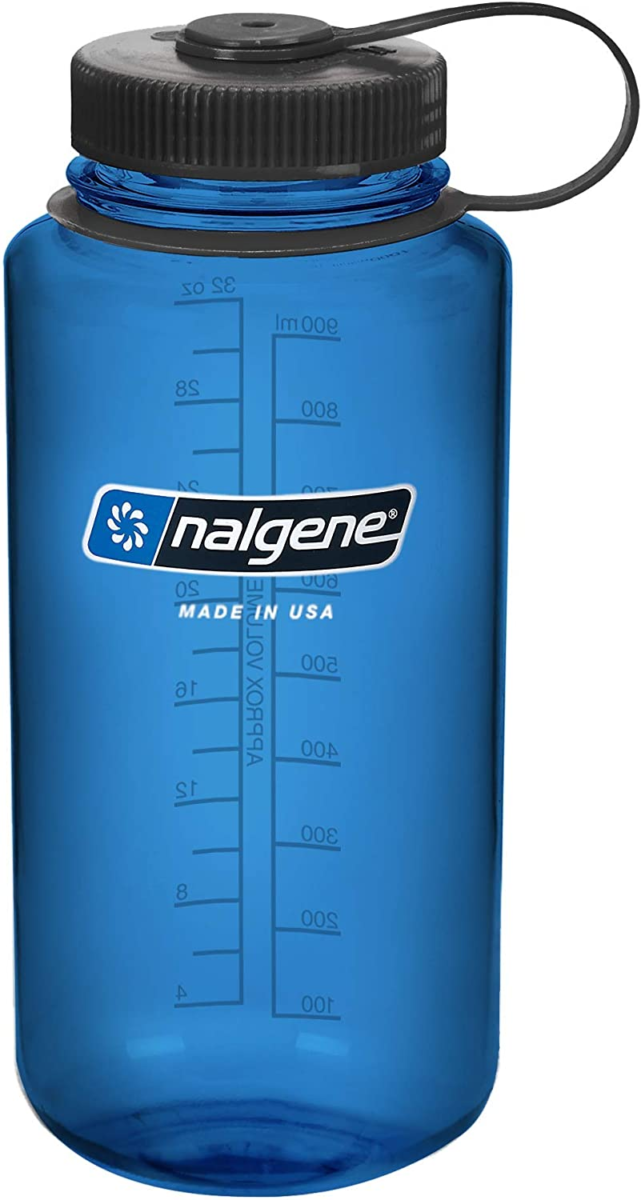
Nalgene Water Bottle 32oz You want the ability to carry at least two liters of water for each leg of the climb.
Widemouth, and made of co-polyester (BPA-free plastic) is the way to go in my opinion.
While I think they’re too heavy, my climbing partner had two double-walled stainless steel bottles that served him well.
I also brought a smaller Hydrapak Stow 17oz- Collapsible Water Bottle – I love these bottles. They’re ultralight and extremely packable. As it’s more of a squeeze bag with a smaller mouth, they can be a little tricky to fill but it’s not a big deal.
For convenience and to not slow things down, I clip this to my shoulder strap with a carabiner so I can grab a quick sip while walking.
Just a note on the Hydrapak… People like to complain in reviews that their lids cracked. Well, the lids on these are made of very hard plastic with large threads.
If you start screwing it on and it’s not threading properly, cracking under the pressure is a strong possibility. If it’s not screwing on effortlessly, just back it off and try again. When it’s seated properly, the lid goes on easily, so don’t force it until it cracks. It’s not rocket science.
Backpack bladder systems and metal bottles aren’t recommended as they tend to freeze easier and double wall bottles are unnecessarily heavy.
WATER
Water gets its own section because of its importance, as well as the difficulty in securing it since there are no rivers or points of glacier melt once you get higher up.
First and foremost, don’t forget to fill up at every hut you visit.
Take note that water is not free. There’s no true plumbing at the huts, so they are all supplied by helicopter.
While some of the huts may have running water in the bathrooms, it was clearly labeled as not potable, along with warnings against drinking it.
I ended up running out of water on summit day. Luckily my partner had a bit extra, but if you aren’t as fortunate, it is possible to graze snow if you start early enough.
*note* Grazing snow is when you add it to a partially full water bottle. The water you already have will melt it as you go. This won’t magically refill your bottle, but it will help raise your levels a bit.
Just be sure to collect it from far enough off the beaten path, because European mountaineers apparently like to pee everywhere and anywhere.
TRASH COMPACTOR/CONTRACTOR BAGS

Nylofume Pack Liner Two heavy plastic garbage bags for use as waterproof pack/stuff sack liners. Trash compactor or contractor bags are made from heavier plastic than garbage bags and will stand up well to prolonged use on a mountain.
Quite frankly, I hate garbage and compactor bags. They’re cumbersome and make it impossible to see inside your bag.
What I’ve recently discovered and like a lot more than compactor bags are Nylofume Pack Liners which are designed for backpacking.
They’re extremely inexpensive, ultralight, and durable, with a more structured bottom than something like a compactor bag. They are also clear, allowing for light and visibility if you decide to pull the entire liner out of your bag.
These only come in 70L, but they can be trimmed to fit a smaller pack.
If you have one, a reusable waterproof pack liner can also be used as long as it completely fills your pack. There are a couple of companies that make liners out of Dyneema, but you’ll be paying $50-$75 for one rather than $2.25.
CAMERA
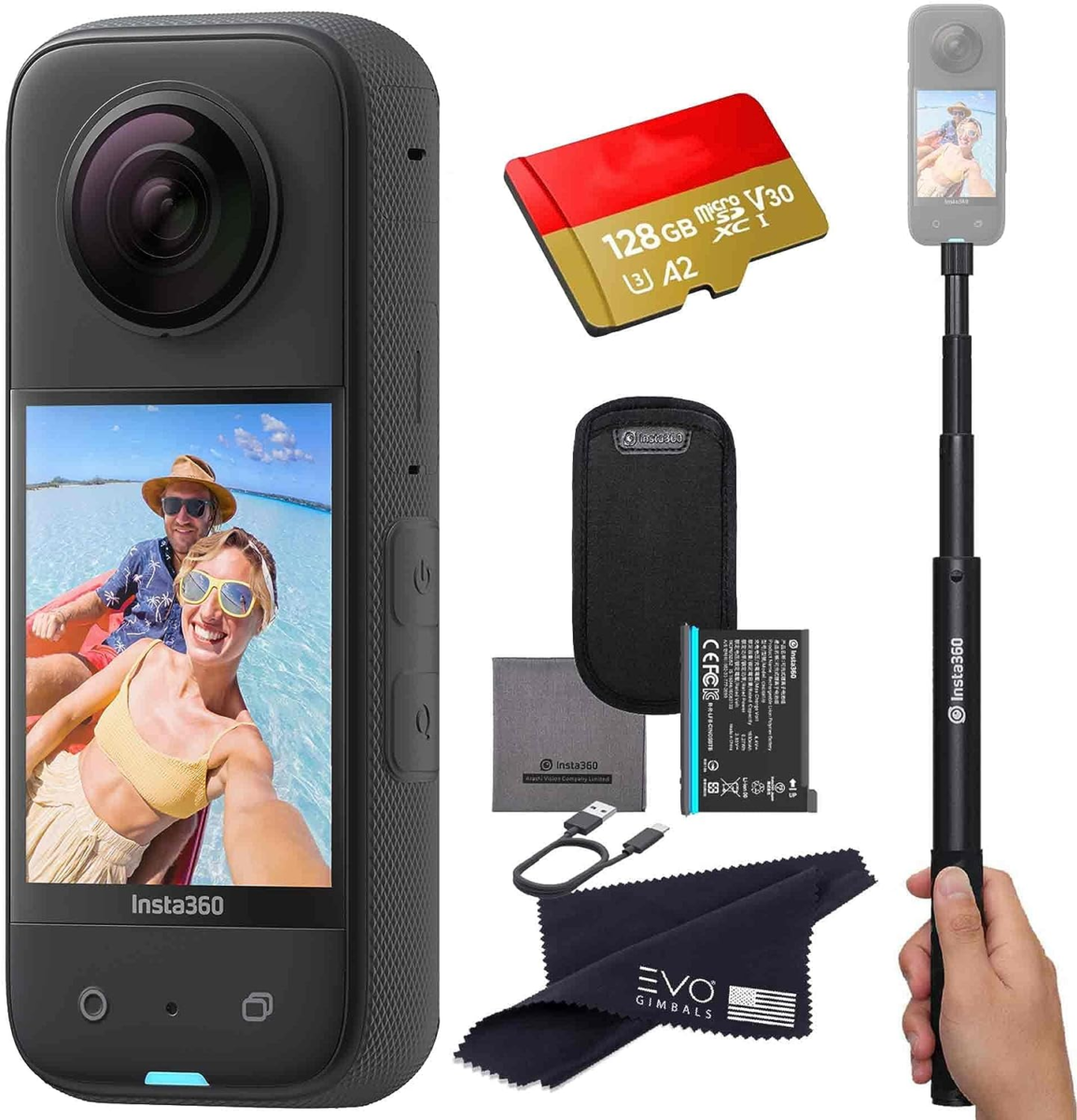
Insta360 X3 Cameras are optional, but worth bringing along in my opinion. Action cams are especially useful for when you’re on an unforgiving mountain where weight is so important.
I wouldn’t bring anything crazy and heavy, but something like an Insta360 or a GoPro (I use the Hero 11 Black) is great.
In my opinion, a DSLR or Mirrorless camera would be far too heavy for something like this, but there are some people who do it.
I would have loved to bring my DJI Mini2 drone with me, but the winds would have knocked it right out of the air, even if I decided to bear the weight.
It should be noted that leisure and professional drones are prohibited on the mountain from 1st July to 31st August where rescue helicopters may be in operation.
But you know what? I’m starting to get a little sick of being the only one who doesn’t break the rules.
Plus, if you don’t know that there’s a helicopter flying within several miles of you, you’re another level of idiot.
SMALL (10,000mAh) PERSONAL POWER BANK (OPTIONAL)
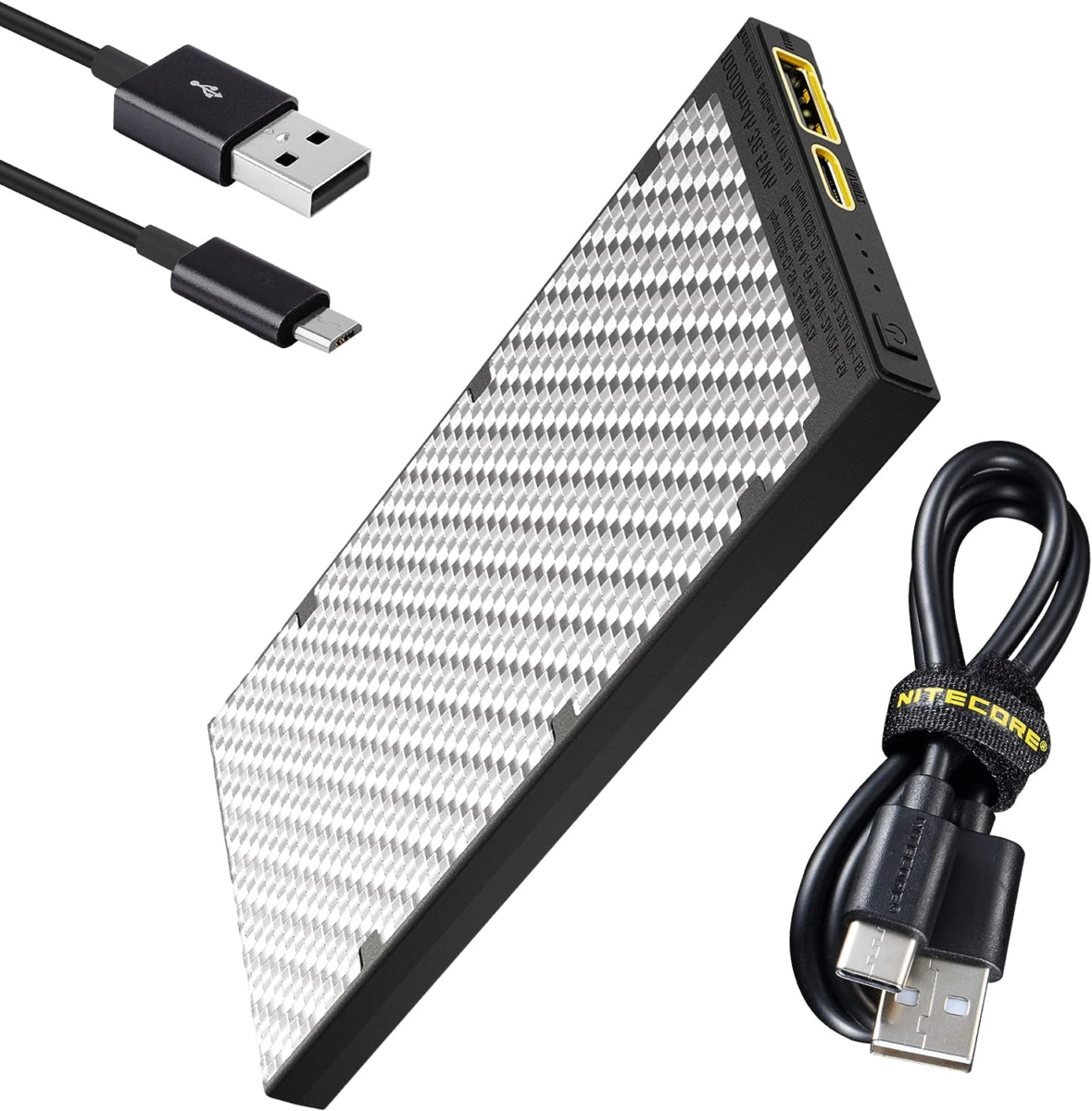
Nitecore 10,000mAh Power Bank Portable battery bank for charging personal items like your cell phone.
The more power these store, the heavier they get. As a blogger, I couldn’t afford to be without a charge so I brought the Nitecore 20,000mAh as well as the 10,000mAh version. This was overkill for Mont Blanc.
I expected things to be similar to when I had climbed other mountains where power was at a premium.
Things are different in Europe though, where fully powered refuges can be found all over on the more popular climbs.
As a result, I was able to charge from an outlet almost every night.
Were I to climb it again, I would leave the 20,000mAh bank back in town.
I would still bring the 10,000mAh though, because you never know when you might need a little juice. Case in point, while making our summit push, I accidentally left my insta360 (action camera) recording so it was dead when we got closer to the summit, and the locations I wanted to record.
To remedy that, plugged the camera into my 10k bank and put them in an internal pocket until we reached the summit.
Being made out of carbon fiber to keep their weight down, these Nitecore power banks are the lightest, and best performing you’re going to find, especially if you get the second generation.
My only complaint about them was their sharp, block-like design, but the new Second Generation series fixes this problem with slightly rounded corners and edges.
They’re also far more expensive than a run-of-the-mill power bank of a similar size.
TOILETRY BAG
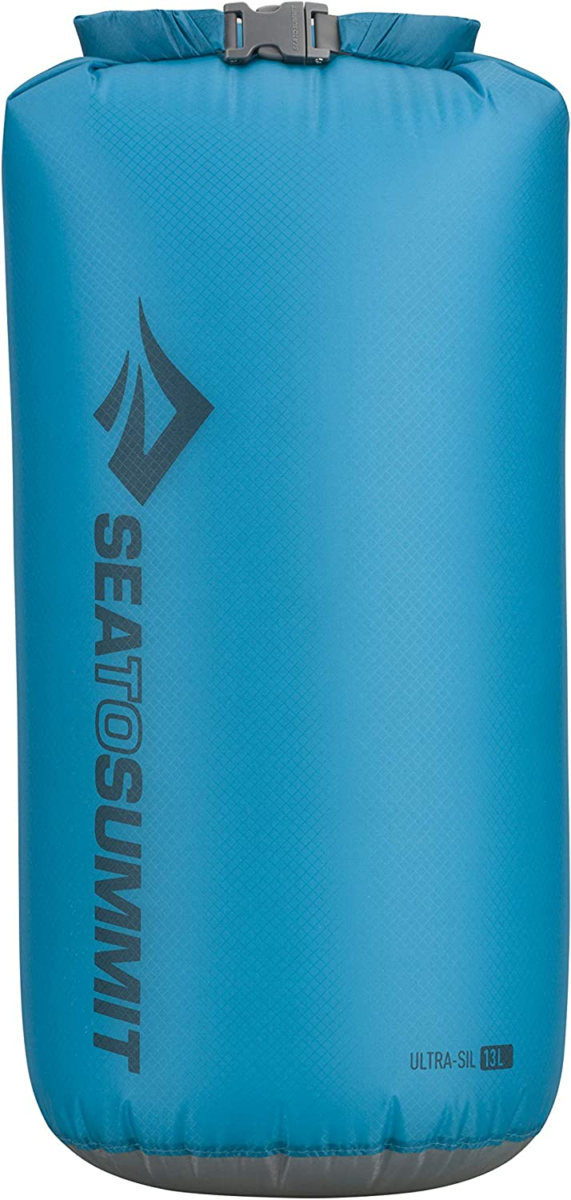
Sea to Summit Ultra-Sil Dry Sack A small bag for toiletries with hand sanitizer, toothbrush, toothpaste, and fully biodegradable wet wipes. I also bring a very tiny nail clipper.
While there are full bathrooms in the mountain huts, you may want to bring some toilet paper (or, for the love of God, a WAG Bag) in the event that you need to go while between huts.
Be sure that the amount of everything you bring will last you for the length of your trip. While climbing Mount Baker, I had to lend one guy toilet paper because he ran out. Just imagine if nobody had a square to spare.
I typically bring 1-3 of these dry bags depending on the type of trip. For summiting Mont Blanc, I brought three. One for toiletries, one for cords, chargers, batteries, and SD cards. and a larger one that I used for leaving stuff behind at one of the huts.
If you bring more than one, it’s a good idea to bring different colors to keep track so you don’t need to go digging around in them all.
*Tip* Tents can become chaotic. So every time you get something out of one of these bags, I recommend putting it back asap, before you’re upending the entire world looking for where your chapstick disappeared to.
SUNSCREEN
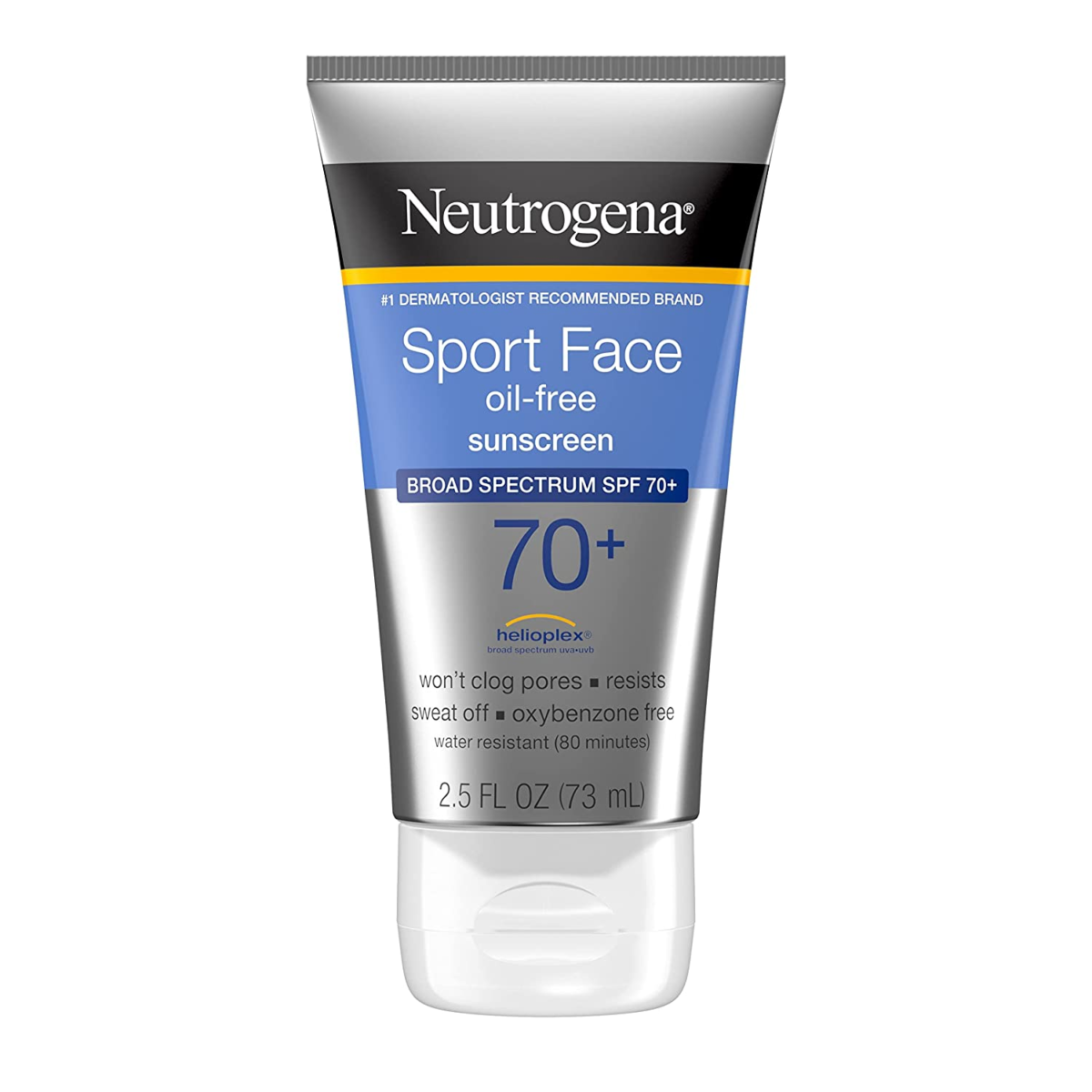
Whatever brand you like. Two to four ounces of SPF 30+ sunscreen.
I’m sure you have an idea of how much sunscreen you’ll go through. I brought one small bottle and only applied it once. I was fine with that, but that’s because I always had a hat on and my hood was usually up as well.
Once you get to higher altitudes, it begins to get exponentially easier to burn. I typically burn easily but being fully hooded out like a Jedi and then covered with a balaclava kept me protected on summit day.
Just don’t forget to do the tip of your nose, because it will be slightly exposed to reflecting light.
LIP BALM
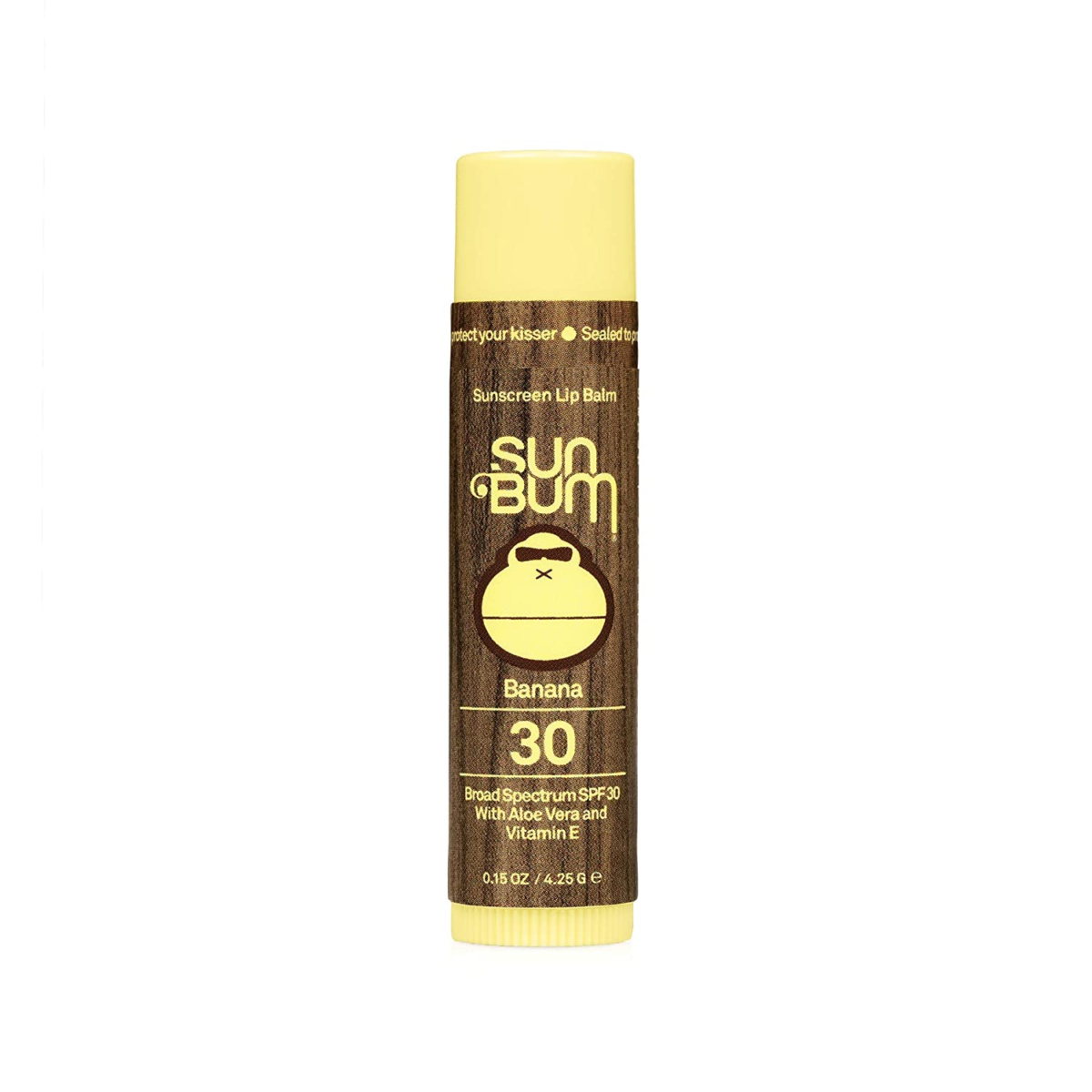
Sun Bum Lip Balm, SPF 30 Two tubes of SPF 30+ lip balm.
Since you’re going to be at a high altitude, this level of protection can be extra important. I’m sure you’ve all been to the beach before and gotten burnt lips at some point. I wouldn’t say it’s painful, but it’s not very pleasant.
Then let’s not forget the relentless wind you’ll experience on the mountain. That, combined with the high altitude and dry air can lead to split lips so don’t forget to reapply, even while wearing a balaclava.
Everyone has misplaced their lip balm at some point, even if it’s just in your tent and you can’t remember where you put it. It’s for this reason that I recommend taking two.
Better safe than sorry. But please, don’t lose it on the mountain. This is the easiest thing on this list to lose.
APPROACH/TRAIL SHOES

Salomon Men’s X Ultra 4 GORE-TEX Hiking Shoes Gray Wide Lightweight, comfortable hiking shoes are recommended for the lower portions of the climb.
I’m only linking these because they’re what I brought. This particular model is terrible in my opinion. While I love my Salomon boots, these are so uncomfortable that I hiked for the first three hours in flip-flops to avoid wearing them.
The sizing is weird. They’re listed as wide, but they were still very narrow. I think they might have been better if I had sized up to a 12 or 12.5 because they weren’t nearly as uncomfortable when I wore them without socks which allowed for a little more room.
In retrospect, I probably should have just bought something new, but I kept thinking that they would eventually break in. Never happened.
I’ll let you know what I use for my next climb, but it will probably be the HOKA Anacapa 2 Low GTX Shoe which I’ve heard nothing but praise for.
SMALL PERSONAL FIRST-AID KIT
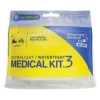
Adventure Medical, Ultralight & Watertight.3 Basic medical supplies. It’s recommended that you bring things like painkillers such as Motrin, Tylenol, or Asprin (best to have a small selection in my opiion), Moleskin, medical tape, Band-Aids, and anti-septic wipes or gel.
You don’t need to go crazy with these, so keep it simple.
While climbing, my partner applied a moleskin-like bandaid to his heel multiple times. I personally prefer full-blown moleskin, but he seemed content with the bandages.
I don’t know exactly what brand he was using, but they looked similar to these Blister Bandages.
MEDICATIONS & PRESCRIPTIONS

Acetazolamide This drug finds its way onto most mountaineering gear lists where you’ll likely see it listed by the brand name Diamox.
Diamox is used to treat many things, but you’ll be taking it to prevent Acute Mountain Sickness (Altitude Sickness).
You might be against taking it because you, “won’t need it!” I get it, you’re tough. Just take it anyway.
My climbing partner didn’t take it and ended up needing it. His friend had told him to only take it if he needed it. Well, that’s terrible advice, because that’s not how preventative medication works.
I told him as much, but, oh well.
I ended up giving him some, but as I said, it’s preventive, not an immediate cure so if you’re not taking it, once AMS hits you, you’re already toast. He was really hurtin’ at the top while I felt like a million bucks.
This is a major climb and you wouldn’t want your chance of summiting Mont Blanc to be ruined by getting sick.
Opinions on dosage sizes vary. Consult your doctor and do your own research for your body. And by research, I don’t mean listening to someone on an internet forum who summited Mont Blanc in 1992…or a friend you just made only a week prior. *cough*
EARPLUGS

Reusable Silicone Moldable Noise Cancelling Earplugs Earplugs for getting high-quality rest in often noisy environments.
It might be the wind battering your tent, or you might be stuck sleeping in the highly trafficked boot room of the Gouter Hut like we almost were.
I prefer the moldable silicone type as the foam ones always fall out of my ears. The firmer reusable plastic-looking plugs like these don’t do anything for me, even though they stay in my ears better.
By the time you’re on your descent though, it won’t matter at all because you’ll be so tired that you’ll more than likely zonk out in short order.
HAND SANITIZER
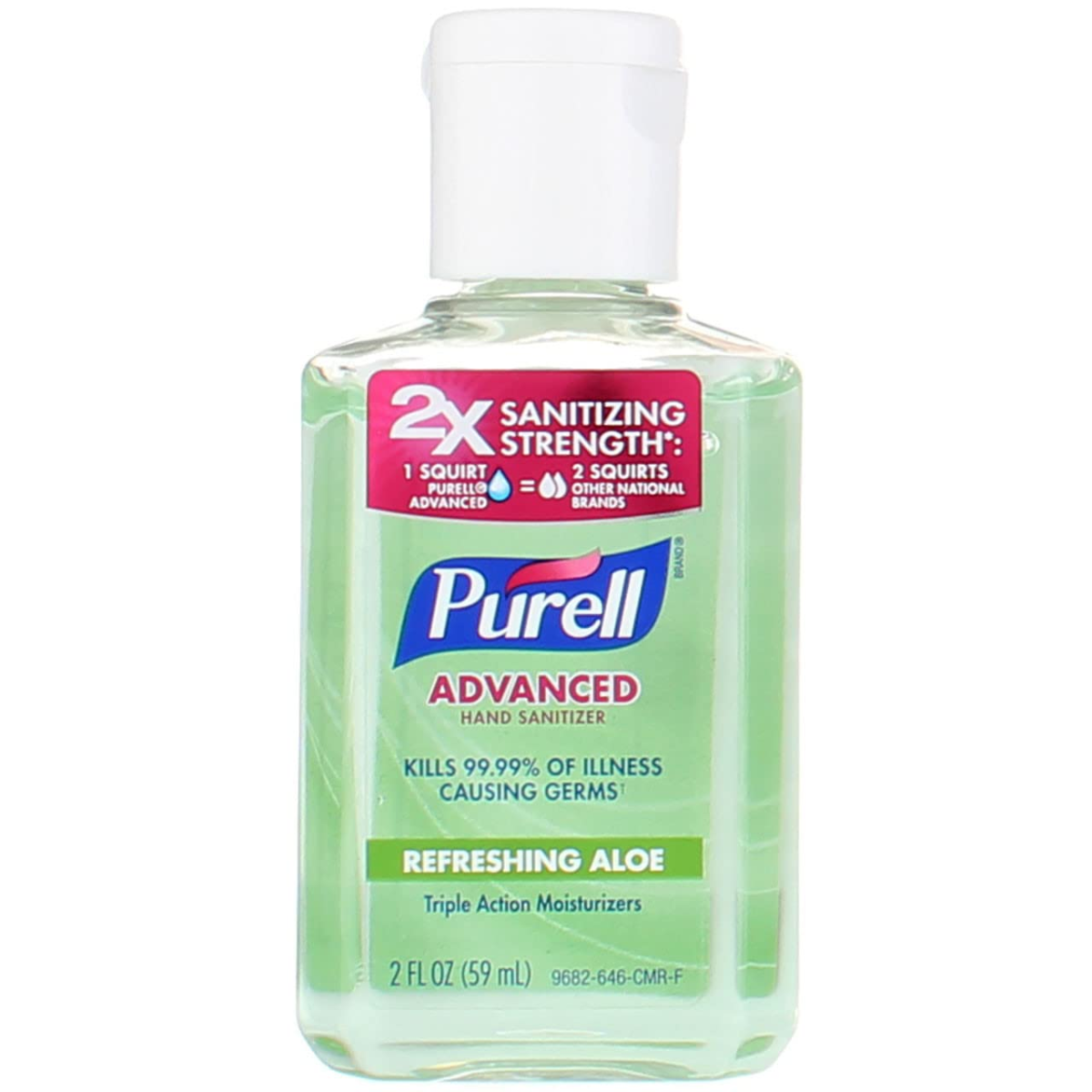
Purell Hand Sanitizer A small amount of hand sanitizer, but enough that will last your trip duration. I’d recommend one small bottle.
The mountain huts have bathrooms with sinks but it’s hit or miss as to whether or not you’ll be able to wash your hands. We were in two huts where the sinks didn’t work.
DISPOSABLE WASTE KITS – WAG BAGS

Cleanwaste GO Anywhere Toilet Kit Waste Bag WAG (Waste Alleviation and Gelling) Bags. Following leave-no-trace principles, all solid waste (I’m talking about your crap here… literally) should be carried out of the backcountry.
One waste kit per 1-2 days is typically sufficient, but in the Alps with all of the mountain refuges, one should suffice in the event of an emergency.
What are they? A WAG Bag is basically a toilet in a bag.
They contain a NASA-developed solidifying agent, “poo powder” (feel free to laugh, I still do) designed to hide and contain any smells within the bag.
A puncture-resistant double bag system keeps it leak-proof and hygienic. They also contain a small portion of toilet paper and some hand sanitizer. Neither is enough on their own, so I’d 100% recommend you bring extra TP.
Now I need to make it known that I didn’t not bring any of these. I tried to purchase them in Chamonix, but much to my disbelief, nobody at any of the gear shops even knew what I was talking about until I explained it.
I asked what people do if they have to go while climbing, and they all said just go on the glacier. That’s both wasteful and disgusting. I made sure I utilized the bathrooms in the huts before starting, but still. I wanted one in case of an emergency.
Had I known this in advance *I’m telling you right now so you will know* I would have brought a bag with me from the US.
FOOD

The amount of food you bring depends on your planning.
The mountain huts all offer food that comes with your reservations, but they’re on a set schedule so there’s a chance you may miss it if you arrive too late.
We started late so we called ahead on our first night and they saved ours for us. This was at the Nid d’Aigle Refuge which was the smallest and least trafficked hut so I wouldn’t count on this at the others.
I didn’t think the food provided in any of the huts was very good, but it served its purpose.
A simple breakfast is also provided in the morning, but I ate dehydrated Peak Refuel Breakfast Meals instead.
I prefer Peak Refuel meals to other brands because they’re usually higher calorie and higher in protein than the competition. They also taste great.
For snacks, I kept it simple. High-energy things that I could eat on the go. Anabars, Peanut M&Ms, chocolate and almond bars, and energy chews. It’s all personal taste.
And there you have it!
I hope you’ll find my Mont Blanc summit gear list helpful. As always, if you have any questions, don’t be afraid to ask in the comments below. I always get back to everyone.
And please don’t forget to like and share!
DID YOU LIKE THIS ARTICLE? PIN IT!
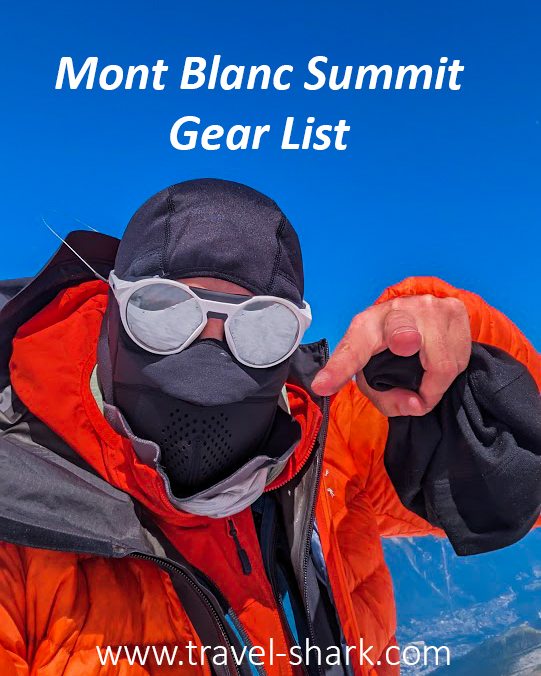
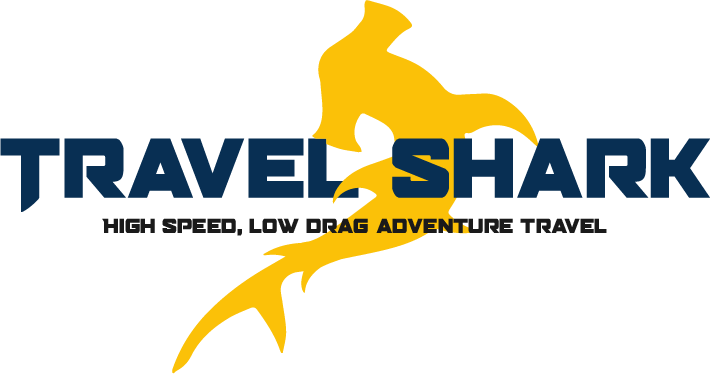
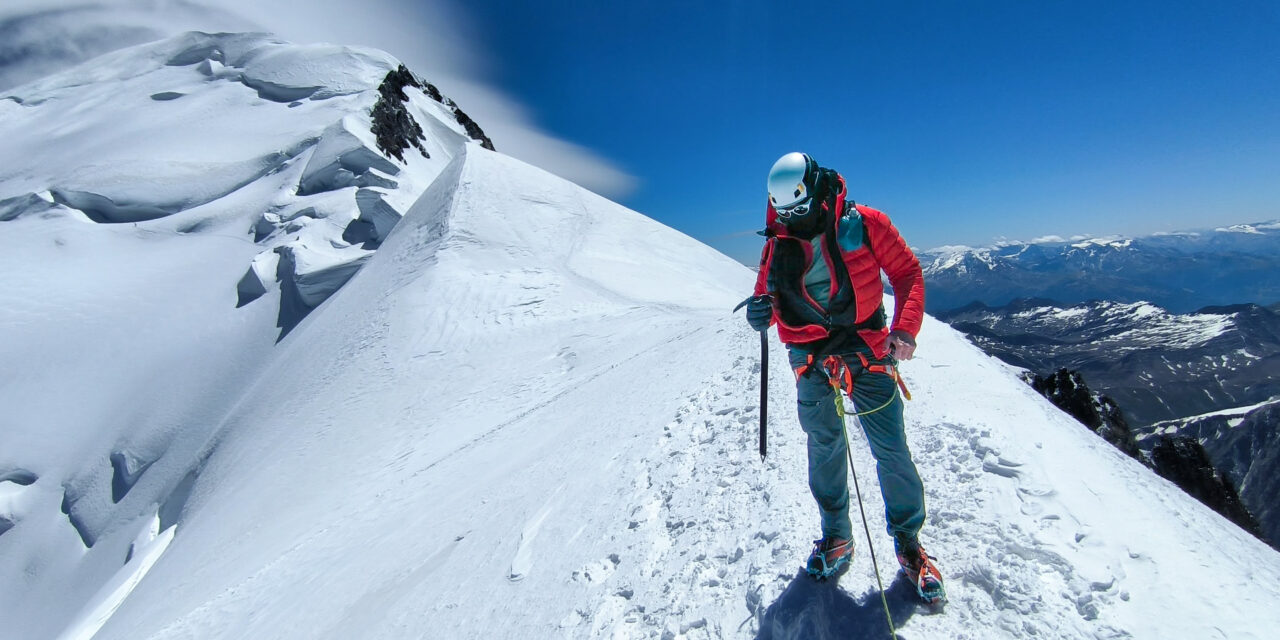

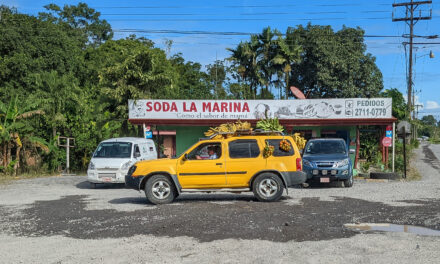
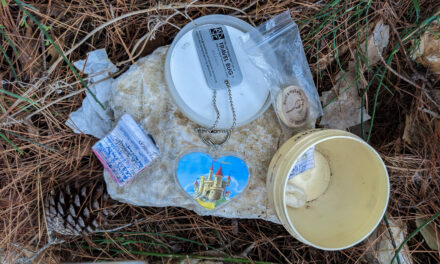
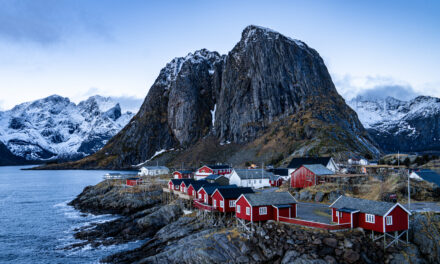

[…] I get asked a lot. Maybe it’s because I’m always running around in the jungle and climbing mountains. Or maybe it’s my fixation on personal […]